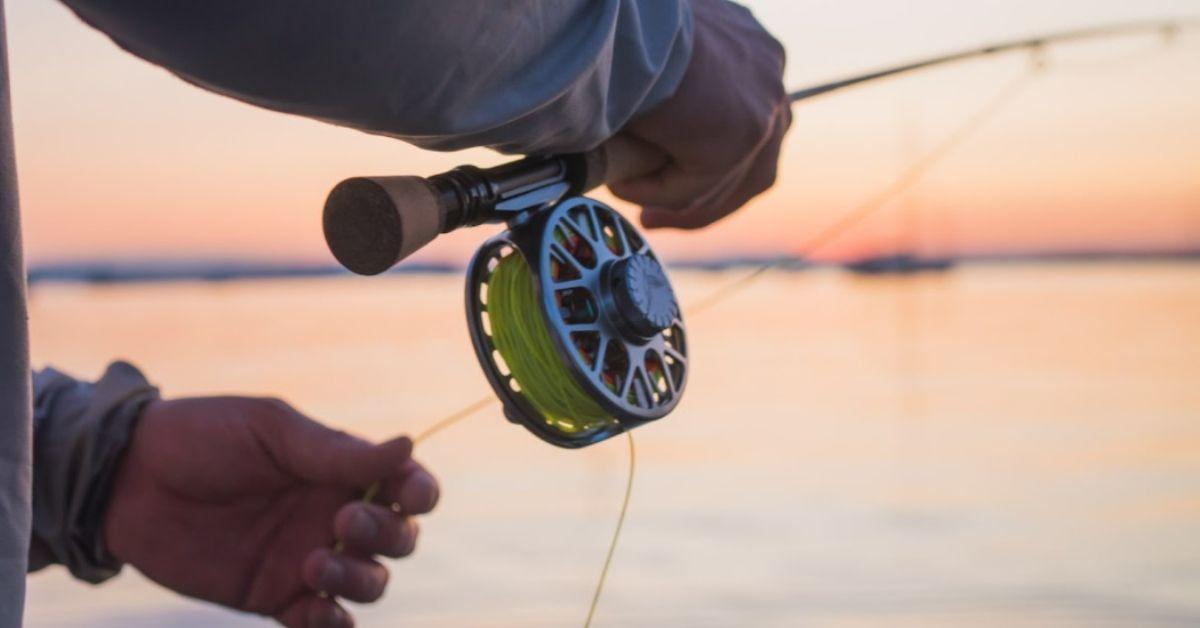Fly Fishing 101: How To Pick The Perfect Rod & Reel
Getting into fly fishing can seem overwhelming with the myriad of rods, reels and different line types. Fly shops are stocked with various action rods having different weights and lengths and the selection made for your purposes will depend on a few basic criteria. Let’s narrow things down and simplify the process to make life easy while ensuring you choose the best setup to get started.
Know Your Target Species and Environment
Wade Fishing Rods are a premier option available at an affordable price.
The rod, reel, and line choices all depend on the most common target species and the environment. For example, a beginning trout angler in Colorado will choose a different setup than someone living on the Texas coast. Some rods can cover a ton of ground. Anyone fishing in multiple states or countries will eventually have a few extra rods in various sizes.
As a general rule, saltwater anglers need a reel with a sealed drag to prevent corrosion and a rod built with materials designed specifically for saltwater use. Freshwater anglers have more flexibility in their selection options but it still helps to have a reel with a solid drag system.
Rod Actions Explained
The action on the rod refers to the stiffness. A slow action rod has more bend flex while a fast action is stiffer. The slow rods are ideal for dry fly fishing and making delicate presentations while fast actions are better in the wind and can drive more force with big flies.
The beginning angler will benefit from a medium-fast action fly rod. The medium-fast is more forgiving than a true fast action and it can do just about everything. Many of the preassembled outfits are medium-fast action rods, making them an excellent entry point for most anglers. Outfits contain the rod, reel and line all strung up and ready to fish.
Matching Your Rod, Reel and Line
A Pelican Reel doing work during that golden hour just before sunset.
The large majority of anglers will start fly fishing with a 9-foot, 5, or 6 weight rod. The rod will need a reel with the same or a similar designation and a line that matches the rod weight. A weight-forward floating line is the best option for beginners. This outfit can manage trout, bass, panfish, and a wide variety of other species.
Anglers chasing pike, muskie, big carp, pink salmon, coho salmon, steelhead, and species with more weight will benefit from a heavier rod. The 8-weight is ideal if these are the primary targets and the weight-forward floating line in an 8-weight will also suffice. Moving to a 10-weight is necessary for king salmon and giant muskie and pike, however.
Anglers beginning the sport of fly fishing in saltwater environments can manage well with an 8-weight. Redfish, sea trout, snook, jack crevalle, small tarpon, bonefish, striped bass, and permit are all candidates for the 8-weight. Chasing giant snook, mature tarpon, roosterfish, big jack crevalle, and anything off-shore calls for a 10-weight or heavier rod.
Assuming you are starting with trout, bass, and other common freshwater species, grab a 6-weight fly fishing outfit and you can hit the ground running.
Updated January 4th, 2022 at 7:56 AM CT


